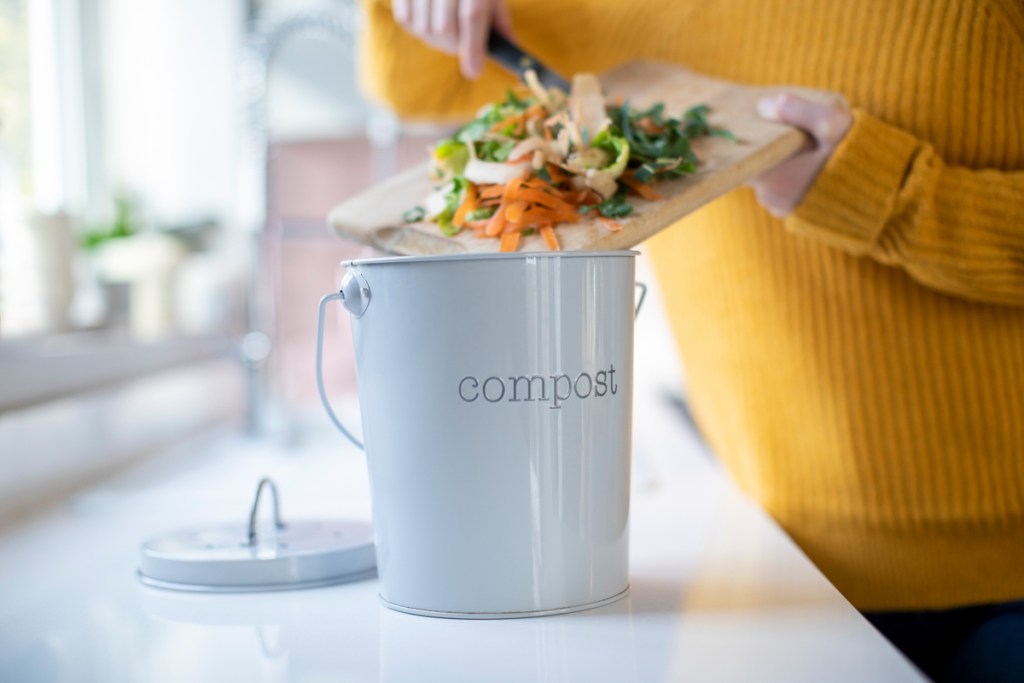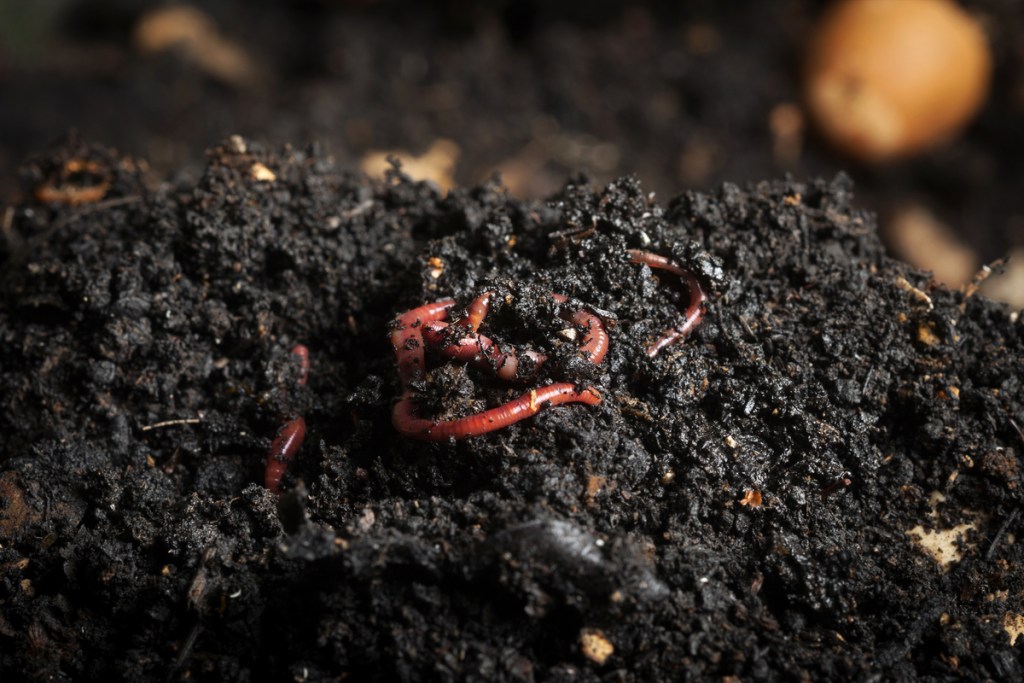Composting is a wonderful way to help the environment and keep your garden warm and nourished. There are plenty of ways to compost, indoor and outdoors, in any season. However, if you live somewhere with a colder climate, don’t have a lot of room outdoors, or have difficulty getting around, then an indoor compost bin may be right for you. Many gardeners use worms when composting indoors, but is that really necessary? How does composting with worms even work? Here’s what you need to know about composting indoors — with and without worms.
Do you need worms to compost indoors?
While composting with worms, also called vermicomposting or worm bins, is one of the most common ways to compost indoors, it isn’t the only way. There are a lot of benefits to composting with worms, which often make it the better choice for indoor composting. However, if you’re not fond of worms, you can make do without them.
Worm composting is typically faster and better at processing larger amounts of compost. Composting without worms is just as effective, but it does take longer. For indoor bins, worm composting is generally more effective, as it prevents a buildup of decomposing scraps. If your home doesn’t produce a lot of food scraps, or you have an area to keep a larger bin, then composting without worms is still an option.

How does composting with worms work?
Compost is created when a combination of green material (vegetable scraps, grass clippings, and other fresh organic matter) and brown material (dried leaves, soil, paper, and other dry organic material) break down and mix together. Worms speed this process up by eating and digesting the organic material rather than letting it decompose on its own.
Generally speaking, you need 1/2 a pound to 1 1/2 pounds of worms per square foot of bin. The other factors to take into account are how much organic matter you have and how many food scraps your household tends to produce. If you cook with a lot of fresh vegetables and fruits, you’ll likely have plenty of peels, rinds, leaves, and other scraps to feed your worms, meaning you can support a larger worm population.
If you notice a buildup of food scraps, or if your bin begins to smell, then it is likely the worms can’t keep up with your scrap production. A bigger bin with more worms may be in order, or you may need to find another use for some of your scraps.

What worms work best for composting?
Technically, any worm will help with composting, and outdoor bins with ground access often find themselves home to earthworms. However, not all worms are equally efficient at composting. While you can scoop some earthworms out of your garden or take a trip to the local bait shop and add them to your bin, it isn’t recommended. You likely won’t be able to find enough to make a significant difference in your bin.
Gardeners don’t always agree on the best types of worms to use, so it’s worth it to experiment a little with different worms to see which ones work best for you. However, the most commonly recommended worms are red wigglers. They are small, energetic, and love the nutrient-rich environments that compost bins provide. However, they don’t love regular garden soil quite as much, so if you decide to give up composting don’t just set them loose! Try to find another local composter who’d make good use of the worms instead.
Some retailers who make and sell worm bins will provide or recommend specific worm types to pair with their bins, so be sure to read product details if you plan on buying your bin rather than making one.
Now you’re equipped and ready to start vermicomposting! Indoor composting is an easy and effective way to reduce food waste and nourish your garden. Adding worms can help you produce more compost faster, but you can compost just as well without them. If you do choose to add worms, try red wigglers, Eisenia fetida, which is the most widely recommended composting worm. Remember to harvest your compost at regular intervals, whenever it begins to build up, and you should do just fine!



